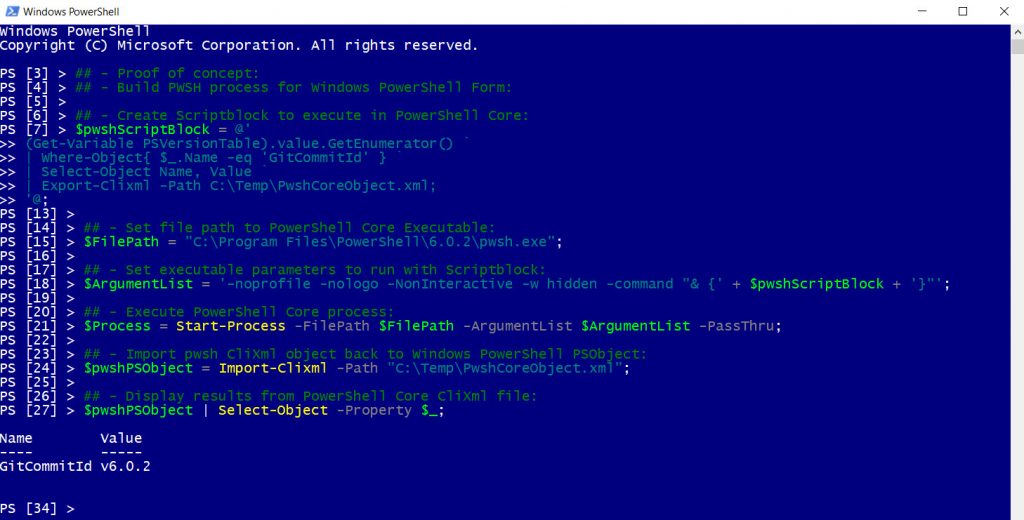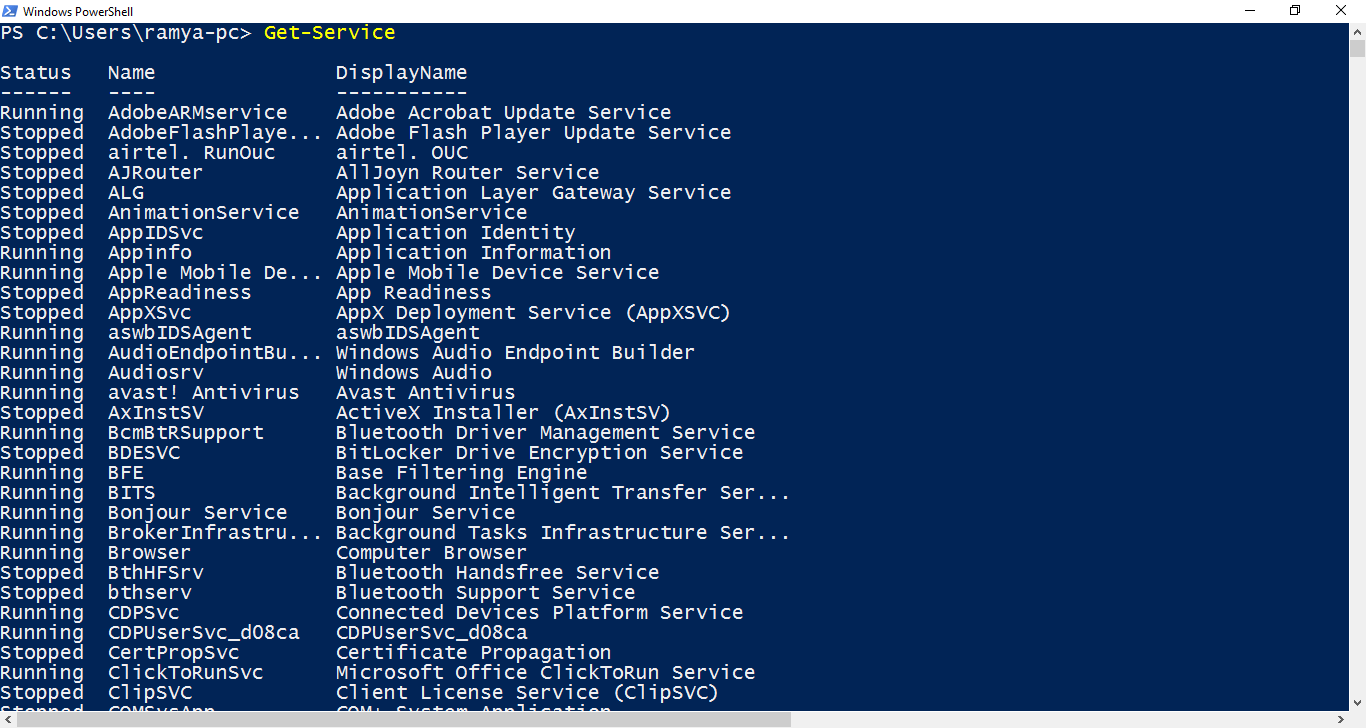

- Windows 10 powershell set mailto program how to#
- Windows 10 powershell set mailto program install#
- Windows 10 powershell set mailto program Offline#
Its name starts with _crx_ and is followed by a random string (so called app-id), f.e.
Windows 10 powershell set mailto program install#
Some basics about how Chromium based browsers are dealing with this feature:Īs you click on Create Shortcut… in the More Tools menu in Chrome or Edge and confirm the following dialog (or install the PWA), a new folder in %LOCALAPPDATA%\Google\Chrome\User Data\Default\Web Applications will be created.
Windows 10 powershell set mailto program how to#
The question is, how to associate a certain URL scheme or a custom protocol with these web apps? The mere fact of being able to use an online service in its own window is a gain.īut such an app has no specific executable! It will be executed by the browser with some parameters itself.
Windows 10 powershell set mailto program Offline#
Since the Chromium team has introduced the possibility to add a website as desktop shortcut and start it in a new window, without any browser specific toolbars and other stuff, it became very popular, especially if this website was implemented by the developer as a PWA.It does not matter whether all PWA features, such as offline mode or similar, are available. What about Chromium based Progressive Web Apps (PWA)?

What Chris’ approach and all similar Windows programs have in common is, that they are based on executables, EXE files and yes, the cross-platform apps mentioned above are executables, but for me this is too short. The feature is targeted from UWP applications only, therefore the developer has to implement it by extending the app manifest: Web-to-App Linking with AppUriHandlers.

Interestingly, Microsoft already has something similar built into Windows, but prevents users from messing with it: However, it was not particularly difficult to find equivalent programs for Windows 10, my preferred OS: His choice fell on Choosy, an app which hooks into to the process on opening links by beeing the systems default browser and forwarding the URL to configured applications.įair enough, but it’s a tool for Mac. Triggered by Notions announcement of using a dedicated link protocol notion:// to open up Notion links directly in the Notion App, Chris wrote about the possibilities an a Mac to associate certain URL schemes with a Web App in general. The question is, how to associate not only files, but links with certain desktop apps? When a user is sent a link and has become accustomed to using the desktop app, it won’t open in the app as he clicks on it, but in his default browser. However, the latter have the problem how to deal with links to their online services. Some of them are real apps for working on things, like the famous editor Visual Studio Code, and some are mirroring their online services in a desktop app only, like Slack or Notion.

Many modern applications are written with Web technologies, thanks to cross platform frameworks like Electron. We have learned that well and no one questions it … but … the IT world keeps on turning and today we are not only talking about files, but about links. Since the beginning of the digital age (feels like that), we have files associated to a certain application, installed on our machine, regardless if its running Windows, iOS, OS/2 or whatever. While reading the Chris Coyier’s post Application-Specific Links the other day, I realized what has been bugging me for a long time now: a proper solution for openening a certain URL in a modern Web App.


 0 kommentar(er)
0 kommentar(er)
